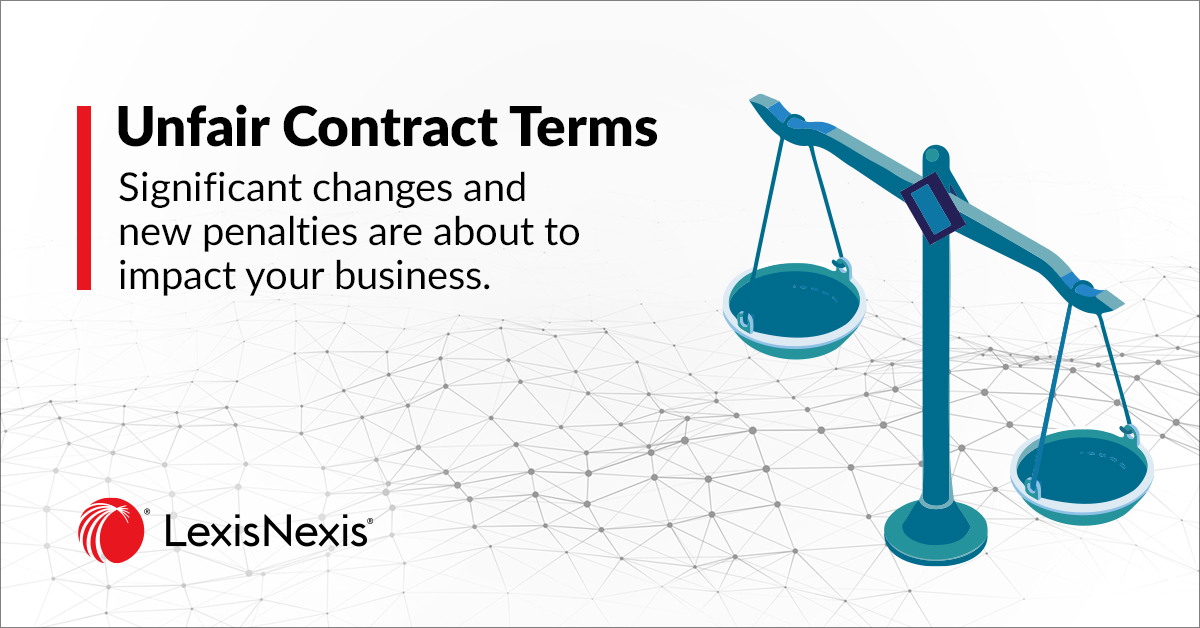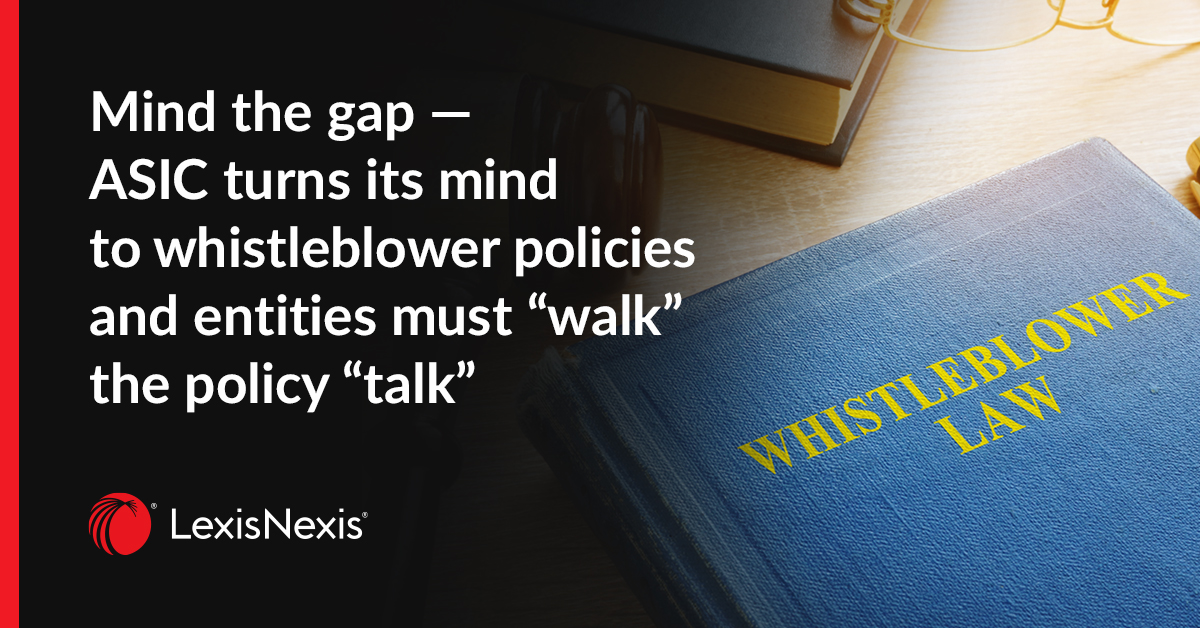
The contract is in the driver's seat but is it sayonara for labour hire independent contractor or Odco arrangements
08 November 2022 08:00
Yoness Blackmore – Senior Legal Writer, LexisNexis Practical Guidance Employment
The long-awaited High Court decisions in ZG Operations v Jamsek [2022] HCA 2 and Construction, Forestry, Maritime, Mining and Energy Union v Personnel Contracting Pty Ltd [2022] HCA 1 signal that the contract is in the driver’s seat but flags issues with “Odco” relationships for labour hire agencies.
Multi-factorial but only as far as the contract says
The multi-factorial analysis has held sway for several years. It required the courts to take a subjective checklist-type approach when determining whether a person was engaged as an independent contractor or an employee.
Applying these criteria, the analysis looked at the terms of the contract and had regard to the “realities” of the relationship. If the analysis indicated a person retained a right of control and was running a business on their own account, they were likely to be an independent contractor – however this outcome could not be guaranteed given its subjectivity.
This led to varied and inconsistent decisions, most recently demonstrated by the two Full Federal Court cases, Jamsek v ZG Operations Australia Pty Ltd [2020] FCAFC 119 (ZG Operations) and CFMMEU v Personnel Contracting Pty Ltd [2020] FCAFC 122 (Personnel Contracting). In ZG Operations, truck drivers who started as employees and then resigned and provided services through a partnership for almost 20 years were determined to be employees. By contrast, in Personnel Contracting, a backpacker engaged as an independent contractor by a labour hire operator had his status confirmed.
These two Full Federal Court cases were granted special leave to appeal by the High Court of Australia.
The High Court allowed the appeals and set both decisions aside.
The High Court said it was only the written contract that determines if a person is an employee or an independent contractor.
The terms are considered as a whole, still with reference to the checklist criteria, but with no regard to extraneous circumstances unless there is an allegation of sham contracting, the contract is not complete, or the contract has been varied by subsequent conduct.
External circumstances such as the disparity of bargaining power between the parties also does not alter the meaning and effect of the contractual terms.
Labour hire arrangements — ODCO arrangements in doubt?
The High Court, by majority, set aside Personnel Contracting and held that Mr McCourt was an employee of Personnel Contracting and not an independent contractor as stated by the contract: Construction, Forestry, Maritime, Mining and Energy Union v Personnel Contracting Pty Ltd [2022] HCA 1.
Relevantly, there was no allegation of sham contracting or it being effective under general law or statute and, as such, there was no need to have regard to post-contractual conduct. The contact also dealt with the relationship in a comprehensive manner.
The contract had primacy and determined the rights and obligations of the parties.
The High Court said based on the contract, it was clear that Personnel Contracting (trading as ‘Construct’) had a right of control regarding Mr McCourt and this enabled its business which was to supply a compliant workforce:
“his core obligation pursuant to cl 4(a) was to "[c]o operate in all respects with Construct and [Hanssen] in the supply of labour to [Hanssen]". This included, pursuant to cl 4(c), the obligations to attend Hanssen's worksite at the nominated time, and to supply labour to Hanssen "for the duration required by [Hanssen] in a safe, competent and diligent manner". [emphasis added]
Mr McCourt’s obligations regarding worksite safety were also replicated in Construct’s Contractor Safety Induction Manual, which had contractual force.
This commitment dovetailed with the agreement between Construct and the host client, which stated:
"[Construct's] contractors are under the client's direction and supervision from the time they report to the client and for the duration of each day on the assignment."
Essentially, Construct had the right to determine the client for whom Mr McCourt would work, and Mr McCourt promised Construct that he would cooperate in all respects in the supply of his labour to Hanssen. In return, Mr McCourt was entitled to be paid by Construct (who could also determine his remuneration) for the work he performed. These terms indicated a relationship of ‘control’ which was consistent with an employment relationship.
The fact that Mr McCourt was described as a contractor did not change the character of that relationship.
Truck drivers are in the driving seat as independent contractors but what about superannuation contributions?
In the case of the truck drivers who were providing services through partnership arrangements, the High Court set aside the Federal Court’s decision in ZG Operations and held the respondents were not employees but were independent contractors: ZG Operations v Jamsek [2022] HCA 2.
Applying its approach in Construction, Forestry, Maritime, Mining and Energy Union v Personnel Contracting Pty Ltd [2022] HCA 1, the High Court again confirmed the contract was in the driver’s seat in this analysis.
The contract comprehensively sets out the parties’ rights and obligations. There were no allegations of sham contracting or the contract being ineffective. Accordingly, the post-contractual “realities” were irrelevant.
Looking at the terms and conditions, Kiefel CJ, Keane and Edelman JJ observed that the contract was entered into after the company refused to continue the employment relationship and had stated its firm position that it would only support an ongoing arrangement if the workers were engaged as independent contractors for the carriage of goods.
The contract reflected the company’s position and the agreement between the parties. Nothing in the terms suggested otherwise.
The terms did not indicate that the truck drivers had ceded any right of control:
- while clause 2.1(a) of the contract imposed the obligation to undertake carriage “as reasonably directed,” it was sufficiently qualified as the truck drivers could decide on how and when work would be undertaken;
- while the drivers were told what to deliver, the drivers could determine amongst themselves their respective delivery areas and delivery routes and whether to return home after deliveries; and
- while the truck drivers were paid for 9 hours they determined when they would work, and the focus was on completing the deliveries and if they worked different hours this was not accounted for.
The partnership structure was persuasive, with the truck drivers being jointly and strictly liable for the performance of the services and entitled to payment on that basis.
Also relevant was the partnership purchasing and maintaining the trucks. This was a substantial item of equipment as contrasted to bicycles, i.e. Hollis v Vabu Pty Ltd [2001] HCA 44.
Relevantly, the High Court has remitted the question of liability under the expanded definition of “employee” under s 12(3) of the Superannuation Guarantee (Administration) Act 1992 (Cth) to the Full Federal Court. We await a decision on this and if decided in favour of the truck drivers, this will be a significant liability for the company.
What to do to determine the relationship as either employment or an independent contractor relationship?
It appears that a comprehensive written contract will be the driving force in determining the rights and obligations of the parties to characterise the relationship as either employment or an independent contractor relationship.
This is similar to the High Court’s approach to characterising a casual employment relationship: WorkPac Pty Ltd v Rossato.
As a word of warning, this approach may not be adopted if there is evidence of “sham contracting” or if the parties’ relationship is not otherwise comprehensively dealt with by the contract. In such situations, the court may potentially have regard to the history of the parties’ dealings and the multifactorial test.
Also, it probably doesn’t help those companies who already have employee-like arrangements in place with their contractors and now need to consider the next steps.
Interestingly, the focus on the contract seems to have exposed labour hire companies to potentially significant liabilities where they recruit workers on independent contractor arrangements (ie, known as “Odco” arrangements). Such contractor arrangements would normally embed a right of control so that the labour hire company is able to provide the services required under its separate labour hire agreement with the client.
“Odco” arrangements may be untenable going forward, and labour hire companies hiring workers in this way will need to carefully consider their position and potential liabilities going forward.
As for the extended application of superannuation obligations to workers, we await to hear the remitted decision from the Full Federal Court.
The Senate Select Committee on Job Security made a number of recommendations to the Government prior to the 2022 Federal election, including expanding the definition of ‘employment’ and ‘employee’ to capture gig work and establishing a national labour hire licensing scheme. The current Federal Government has foreshadowed introducing policies that encourage the direct employment of workers (as opposed to labour hire or independent contracting arrangements). Read the judgment summaries: ZG Operations v Jamsek [2022] HCA 2 Judgement Summary and Construction, Forestry, Maritime, Mining and Energy Union v Personnel Contracting Pty Ltd [2022] HCA 1 Judgement Summary.
Read the full judgments: ZG Operations v Jamsek [2022] HCA 2 and Construction, Forestry, Maritime, Mining and Energy Union v Personnel Contracting Pty Ltd [2022] HCA 1.
Updated 25.10.22 by Ellie Ellie Bassingthwaighte, Practical Guidance Legal Writer – Employment, WHS.
Latest Articles
-
 3 tips for banking and finance lawyers when responding to an ASIC enquiry, and how to avoid misleading or deceptive conduct.
3 tips for banking and finance lawyers when responding to an ASIC enquiry, and how to avoid misleading or deceptive conduct. -
 Significant increases to competition and consumer law penalties have commenced and sweeping reforms to the unfair contract terms regime will follow in 12 months’ time.
Significant increases to competition and consumer law penalties have commenced and sweeping reforms to the unfair contract terms regime will follow in 12 months’ time. -
 The Australian Securities and Investments Commission (ASIC) is calling on Australian CEOs, from public companies, large proprietary companies and corporate superannuation trustees to review their whistleblower policies and processes to ensure compliance with private sector whistleblower laws.
The Australian Securities and Investments Commission (ASIC) is calling on Australian CEOs, from public companies, large proprietary companies and corporate superannuation trustees to review their whistleblower policies and processes to ensure compliance with private sector whistleblower laws.
Practical Guidance
Your one-stop solution for accurate legal answers from Australian legal experts. Tools, practically focused guidance notes, checklists, precedents, and training materials support and streamline your legal workflow.
LEARN MORE LexisNexis
LexisNexis